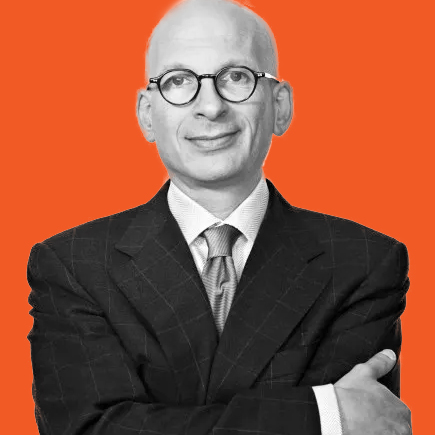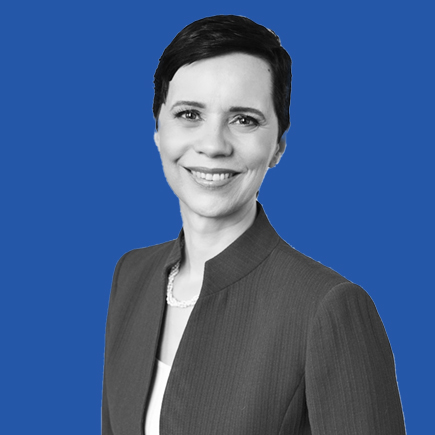Have you ever gone to a convention and brought home all sorts of swag that you never look at again? Or is there some swag you keep on your desk but hardly remember the name of the company that gave it to you in the first place?
[00:00 – 07:12] Opening Segment
• Mark introduces Custom Boxed Agency
Mark’s backstory: launching his business in 2018
• How to use direct mail to marry physical and digital experiences together
• How to wow your customers and redefine the American Dream
[07:13 – 13:44] Unlocking the Power of Intentional Swag
• Why intentionality is vital when it comes to swag boxes
Swag should connect people more to the influencer behind the event/movement
• Businesses should focus on providing tools and resources rather than just swag
• The power of physical boxes and surprise
[13:45 – 19:54] How to Create a Box Experience That Maximizes Customer Retention
• Smaller size boxes are preferred as they are easier to store
• Define a clear journey and provide what is needed for the first big hurdle
Remove obstacles by providing what is needed in the box
• Why design should be tailored to the desired outcome, and step-by-step instructions
[19:55 – 26:22] Employee Retention Through Intentional Box Experiences
• Three core phases of the customer lifecycle
Acquisition, delivery, and retention
• How gifting can be used as a retention play to enhance relationships with clients
• Employee retention should involve gamifying the onboarding experience
[26:23 – 33:58] The Magic with Digital and Physical Experiences
• Intentionality is vital to fostering a great company culture beyond just perks
• How to combine swag, boxes, and retail to amplify your business
• How you can leverage QR codes to bridge physical and digital experiences
• Consider replayability, recognition, and collectability when selecting swag
[33:59 – 38:45] Closing Segment
• Use swag as an amplifier for business offers
• How to combine physical and digital elements for retail success
• Mark on the rapid four questions

Mark Stern, founder of the Custom Box Agency and TeleportQR and one of Forbes’ Next 1000 Entrepreneurs, argues that there are ways to make memorable swag that will attract and keep customers for the long term – and he’s ready to tell us the secret. In this engrossing episode of Let’s Talk Business, Mark and Meny describe the difference between swag that’s “stuff without a goal” and swag that’s made with intentionality, the ways to bridge the gap between the physical and digital worlds, what lesson we can learn from opening a game of Monopoly, the three stages of the customer lifecycle, and much more.
Before becoming an entrepreneur, Mark was a top-ranked strategy consultant at Deloitte Consulting, the world’s largest consulting firm. Mark is a five-time Spartan Trifecta holder and a South-by-Southwest Start-up Mentor, and lives in Austin, Texas.







